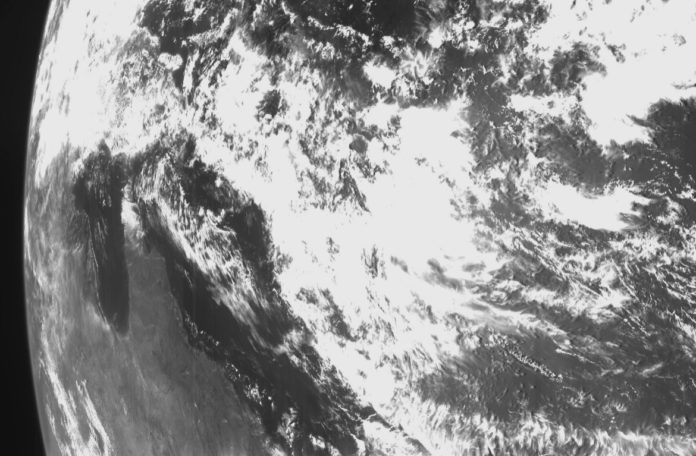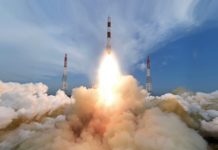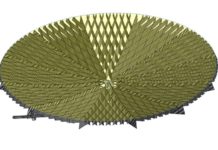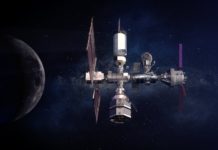The Indian Space Research Organisation (ISRO) has recently announced that its first lunar probe, Chandrayaan-1, discovered populations of suprathermal protons around the moon. These particles, which are hydrogen (H) in the ionised form (H+), are also known as “solar wind protons”.
This discovery was made by the probe’s Sub-keV Atom Reflecting Analyzer (SARA), which was an international collaborative research experiment between Space Physics Laboratory (SPL), Vikram Sarabhai Space Centre (VSSC) of Indian Space Research Organization (ISRO), and Swedish Institute of Space Physics (IRF), Kiruna, Sweden, with participation from Japan Aerospace Exploration Agency (JAXA), and University of Bern (UBe) Switzerland. Its findings were published in the journal Geophysical Research Letters, 2017, 44, doi:10.1002/2017GL072605.
What makes this a groundbreaking discovery is the enigma of the origins of these protons, which are not from any known interplanetary or interstellar medium. Located at an altitude of more than 500km above the dayside lunar surface, the density and velocity distribution of these suprathermal protons indicate that they do not originate from solar winds, which these protons are usually attributed to.
According to ISRO, these findings indicate that our knowledge about Moon is still limited, and that further exploration is needed in order to understand the environment of any non-magnetized body without atmosphere in our solar system as well as in exo-planetary systems.
Chandrayaan-1 was launched in October 2008 and operated until August 2009, after which it was lost. The probe was found in 2016 by NASA’s ground-based radar stations. India’s next lunar exploration mission, Chandrayaan-2, is slated for launch in the first quarter of 2018. Unlike Chandrayaan-1, which comprised only an orbiter and an impactor, Chandrayaan-2 will consist of an orbiter, lander, and rover, all of which are completely indigenous to ISRO.







